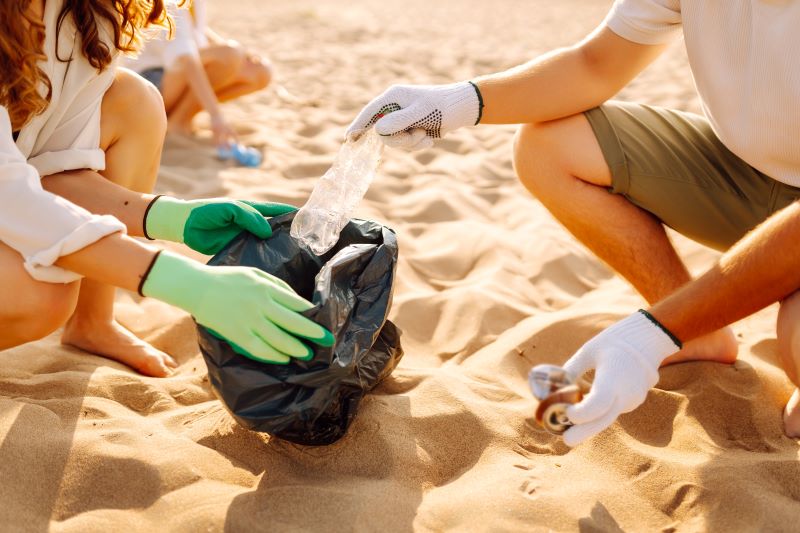
Water retention during pregnancy
Geschwollene Hände und Füße und ein Schweregefühl in Armen und Beinen? Ein klarer Fall von Ödemen! Ödeme, die im Volksmund auch unter dem Begriff Wassereinlagerungen bekannt sind, kommen in der...

Now up to -50 % off all products
⭐ Various period panty styles - something for everyone
⭐ Feel-good moments with warming belt, sleeve blanket & co.
⭐ Carefree thanks to Ultra Dry technology

Geschwollene Hände und Füße und ein Schweregefühl in Armen und Beinen? Ein klarer Fall von Ödemen! Ödeme, die im Volksmund auch unter dem Begriff Wassereinlagerungen bekannt sind, kommen in der...

Die Gesundheitsversorgung stellt sich oft neutral dar. Doch ein Blick hinter die Kulissen zeigt: Medizin behandelt Körper nicht gleich. Besonders weiblich gelesene Personen erleben deutlich schlechtere Diagnosen, längere Wartezeiten und...

Am 28. Juli ist der Welttag des Naturschutzes. Dieser internationale Aktionstag erinnert an den Wert unserer Umwelt und daran, wie wichtig der achtsame Umgang mit Ressourcen ist. Wälder, Gewässer, Artenvielfalt...